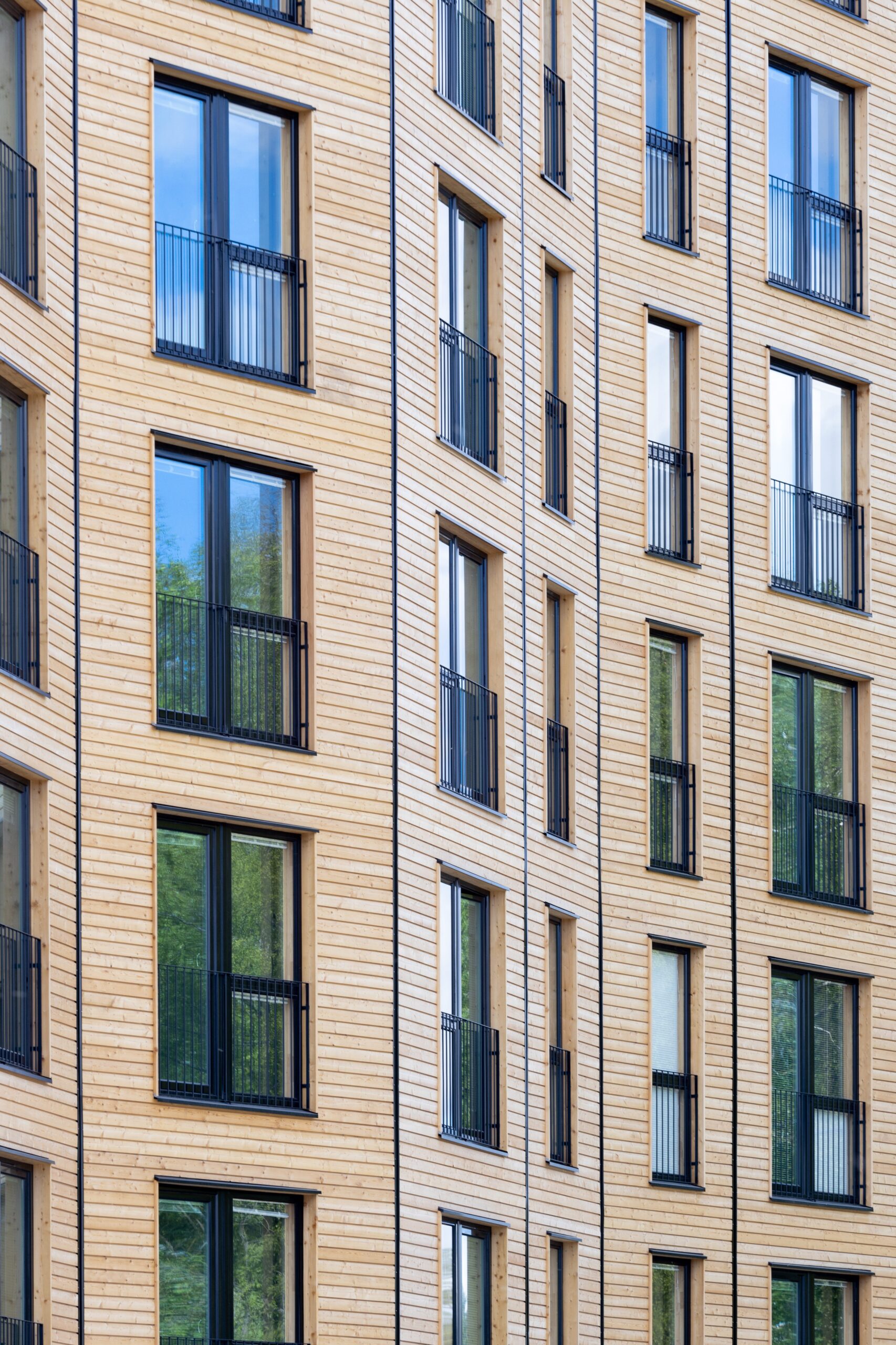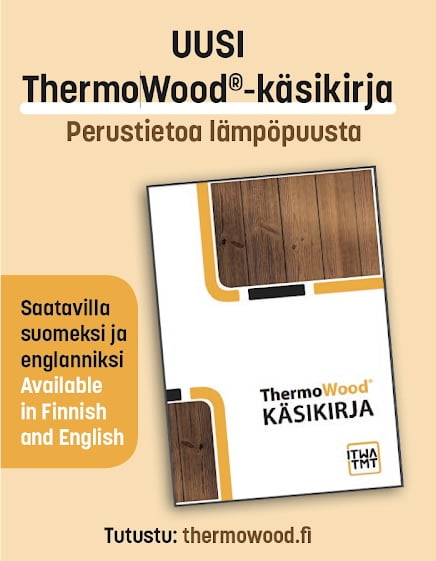The surface treatments of the future
Together with his team, Lauri Rautkari, the Assistant Professor of Wood Materials Science and Technology at Aalto University, is researching wood surface treatments and their possibilities. Currently, the best known wood modification methods are heat treatment and acetylation.
All modifications, whether based on chemical, biological, or physical treatments, cause permanent changes to the treated wood. Modifications can be used to improve durability; for example, by improving wood’s moisture resistance, or to simply increase a wood product’s visual appeal. No toxic substances are used in these modifications. Modifications can introduce a virtually infinite amount of new functional properties.

Read the article in Finnish: Tulevaisuuden pintakäsittelyt
Replacing lignin with polymers can make wood transparent, adding magnetic nanoparticles to cell cavities can make wood magnetic, and treating wood to have a glow has potential uses in the furniture industry. With added pressure, wood could become more dense than steel. Algae and lichen on wood surfaces could give facades a striking yet very natural look. The surface treatment products of the future have virtually endless potential!
At the same time, Rautkari reminds us that it makes sense to evaluate whether the wood at a given construction site actually needs to be surface-treated at all or whether it could be left alone to gain a natural grey patina over time – as numerous buildings have done throughout history.
Lignin as a wood preservative in construction
A non-toxic industrial by-product has been developed into a very wear-resistant wood preservative.
Lignin has several advantages over many current synthetic and bio-based coatings. It has very good antibacterial and UV protection properties, for example. It also retains the breathability and roughness of wood. “At present, wood preservatives are oil-based and often contain substances that are harmful to the environment. In future, we will be researching the development of elasticity in coatings, among other things”, says Monika Österberg, Professor at Aalto University.
For more information, see: https://www.aalto.fi/en/news/bio-based-coating-for-wood-outperforms-traditional-synthetic-options
Lauri Rautkari’s presentation on August 13th, 2021 at the “Puhutaan puusta” (Let’s talk about wood) discussion club can be seen on the Museum of Finnish Architecture’s Youtube channel
The article has been published in October 2021 in Wood magazine 2/2021.
- Read the whole Wood magazine 2/2021.
- The next magazine will be published in the spring of 2022. Subscribe it now.
- Articles selected by Wood Magazine advertisers are published as e-articles in addition to the print magazine.

